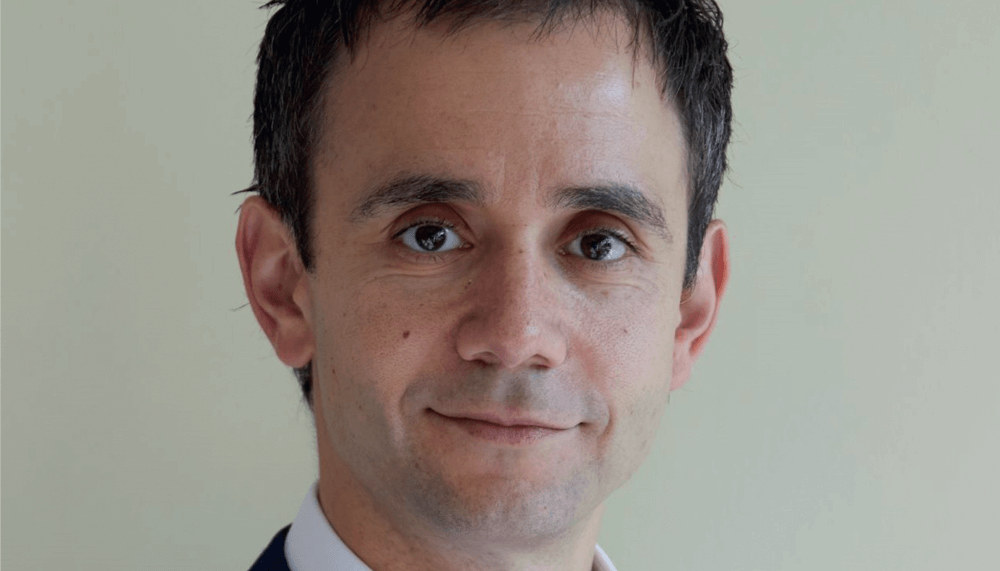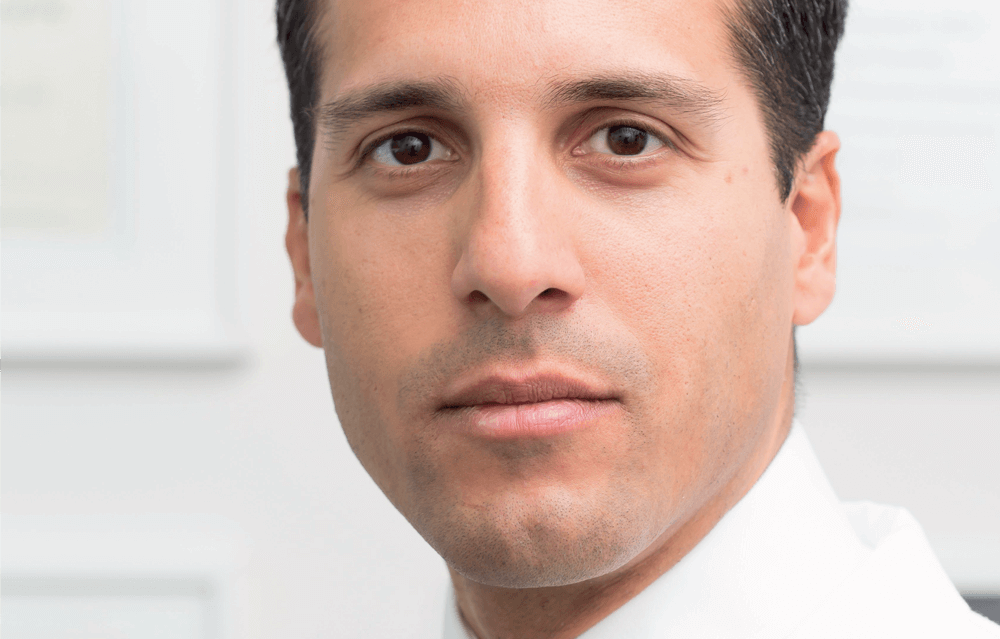
Risk Stratification
Now is the time to develop proper system for assessing glaucoma patients’ disease progression risk
Anthony Khawaja, Consultant Ophthalmologist at Moorfields Eye Hospital and UCL Institute of Ophthalmology, London, UK

The way we started managing glaucoma when the pandemic began might be partly what we have been aspiring to, but this transformation of the way we care for patients has been forced upon us quite suddenly. Glaucoma specialists have known for a long time that with the aging population, the way we used to manage patients was unsustainable. This is where virtual clinics/telemedicine come in, where the patient’s data is collected without the need for them to see a physician. What follows is an asynchronous review of that data, with the specialist making contact with the patient by letter or phone call.
Risk stratification is a crucial aspect of this type of care. We always aimed to assess risk accurately, but we would test even our low-risk patients frequently. Now – this has had to change. Surgical strategies have also been adapted, with surgeons considering approaches requiring less intensive follow ups.
There are many patients who will come to harm due to delays in their glaucoma management, but there is a big number of them who will not. There are even patients who stop using their anti-glaucoma eye drops and are better for it, as the side effects are gone, and their disease doesn’t progress. The issue is, we don’t know which patient belongs to which risk group, so reviewing available evidence is crucial. Originally, at the Moorfields Eye Hospital, we didn’t have a proper system for analyzing these data, and we would go through each set of notes individually. A system has slowly been developing, relying heavily on the risk assessment done by the last glaucoma specialist who saw the patients – how long they thought the patient should wait for their next appointment and average intervals between the patient’s visits – the longer the average intervals, the more stable the patient is deemed to be. In the near future, we need better, more objective ways of stratifying risk, such as using visual field mean deviation and other factors.
Before the pandemic, our healthcare services in the UK were completely stretched, and now the capacity has reduced again due to social distancing, so risk stratification has helped us deal with this situation.
Eventually, I see a future where we can use people’s genetic information along with complex assessments of their imaging data, perhaps with improved intraocular pressure measurements, to enhance our risk calculations. To make this a reality, we have to start collecting digital data, which could be as simple as getting all patients’ records collected on EMR systems – but those EMR platforms would have to all be coded in the same way to enable comparisons across different systems. Glaucoma specialists now understand the need for these risk assessments better than ever.
Education, Education, Education
The pandemic has shown the importance of improving patients’ knowledge of glaucoma
Constance Okeke, glaucoma specialist at Virginia Eye Consultants, Assistant Professor of Ophthalmology, Eastern Virginia Medical School, Norfolk, Virginia, USA

Since the start of 2020, there have been a number of changes to my practice. My team and I have had to change the way in which we approach patients in our clinics, as many of them weren’t feeling comfortable coming into our office. For the first time, we introduced telemedicine in glaucoma treatment – it was a completely new model. We used a hybrid technique of patients coming in just for diagnostic tests, which we would follow up with a phone call to review the test, along with the existing medical records. We would assess whether the patient was stable or if there was a need for intervention – a change in management or a laser procedure. It was a challenge to implement this in a practice with multiple clinicians. I developed my own risk stratification algorithm – dependent on how often patients had visits scheduled in the past, changes in their medications, and the stage of their disease – and giving patients a green, amber, or red light, making sure that “red lights'' would be brought in for an appointment as soon as possible.
Looking at the patient population at this time, I realized again what a disruptive disease glaucoma can be. Many patients who had missed their appointments and ran out of medication did not get in touch, and once they came in for a visit, I noticed that their disease progressed substantially. As a result, I started doing a lot more surgical interventions to make up for the time when glaucoma wasn’t kept under control.
Now, I have even more appreciation for the importance of educating our patients about how vital appropriate monitoring of the condition is. One-on-one education with a patient is great, but it requires the patient to be in front of us. Another way is using online videos, such as my educational series. We should also be reaching out to patients via text or email to remind them of their appointments, as well as give them information about safe ways to visit the clinic. If they don’t feel it is safe to come in, they should be offered a virtual visit. Patients have to be absolutely clear that refilling their medication should be their first priority, and it can be done with a simple phone call when they are close to running out.
Back to Normal
How can continuous IOP monitoring help us overcome pandemic difficulties?
Kaweh Mansouri, glaucoma specialist, Consultant Ophthalmologist at Montchoisi Clinique in Lausanne, Switzerland and Department of Ophthalmology, University of Colorado, Denver, USA

Various countries have had different strategies to cope with the COVID-19 pandemic as they have been affected differently. Of course, they also have a different density of ophthalmologists, and glaucoma specialists specifically. Switzerland has a high density of ophthalmologists, and we don’t tend to rely on optometrists as heavily as ophthalmologists in some other countries, so we have not made much use of virtual clinics and asynchronous reviews. During the first lockdown, non-urgent glaucoma treatments were stopped – in our clinic, 95 percent of our glaucoma patients’ care fell into this category. We asked patients not to come into the clinic for six to seven weeks, and then got to work on the backlog of cases. We extended our working hours and added Saturday clinics. After that, it was the “new normal” glaucoma management, which has meant that we see our elderly glaucoma patients more or less as often as we did before the pandemic began. It seems to me that visits take longer now, as patients have more trouble understanding what we are saying due to facemasks.
We have done more SLT procedures, as they don’t require patients to be as dependent on medications, and we have done some virtual visits, which we had not done before, but – in my experience – they haven’t amounted to more than 5 percent of all glaucoma appointments, and we only offer them to younger patients who have stable glaucoma.
To stratify risk properly, we need an objective and efficient AI system that will analyze centralized data – technology will help us greatly in the future. Innovative healthcare systems with digital centralized databases will get there quicker than others.
References
- 1. K Mansouri et al., “Intraocular pressure telemetry for managing glaucoma during the COVID-19 pandemic,” Ophthalmol Glaucoma, 4, 445 (2021). PMID: 33358988.
